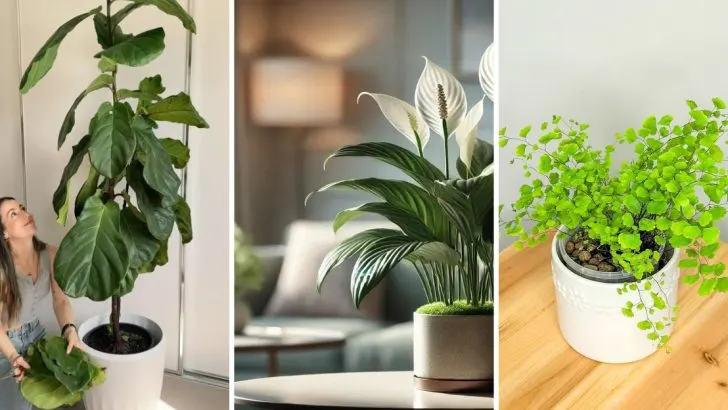Houseplants bring warmth and life into our homes, but not all of them are easy to care for.
While some thrive with minimal effort, others require specific conditions and meticulous attention to flourish. If you’ve ever struggled to keep certain plants alive despite your best efforts, you’re not alone.
In this article, we reveal 13 popular houseplants that often struggle to survive in the average home. Discover what makes them so challenging to maintain and learn how to give them the care they need to truly thrive.
Fiddle Leaf Fig

The allure of the Fiddle Leaf Fig’s broad, glossy leaves can make it a tempting choice. However, these tropical natives are notoriously finicky.
They demand bright, indirect light and high humidity, two conditions often lacking in the average home. Without proper care, leaves can yellow and drop.
Consistent watering is key, but overwatering can lead to root rot. Creating a humidity-friendly environment with pebble trays or humidifiers can make a difference.
Positioning the plant away from drafts and ensuring good drainage will help maintain its health and beauty.
Boston Fern

Boston Ferns charm with their lush fronds, but they crave a humid environment that most homes can’t provide. In dry air, their fronds can quickly turn brown and crisp.
Regular misting and placement near a humidifier can alleviate this issue. They thrive in indirect light, so avoiding direct sun is crucial.
Water them consistently, ensuring the soil remains moist but not soggy. Placing them in bathrooms or kitchens, where humidity tends to be higher, can offer them the moisture they need to flourish.
Orchid

Orchids, with their exotic blooms, can be a delightful addition, yet they often pose a challenge. They need just the right balance of light, water, and humidity.
Direct sunlight can scorch their leaves, while too little can stunt growth.
Overwatering is a common pitfall; their roots prefer to dry out between waterings. Ensuring a porous potting mix and proper drainage is essential. These plants flourish in well-lit bathrooms, where humidity is naturally higher, mimicking their native habitats.
Jasmine

Jasmine plants fill a room with a sweet fragrance when in bloom, but they require ample sunlight to thrive indoors. Without adequate light, flowering can be sparse, and growth stunted.
Position them near south-facing windows to capture as much light as possible. Regular pruning encourages bushy growth, while consistent watering helps maintain hydration.
A cool environment during winter months mimics their natural cycle and can promote robust blooming come spring.
Peace Lily

The Peace Lily is celebrated for its glossy leaves and elegant white blooms, yet it can be unforgiving with neglect. It thrives in indirect light, wilting in harsh sun.
Drooping leaves often signal inconsistent watering. It’s vital to keep the soil moist but not waterlogged, ensuring good drainage. Removing spent blooms and leaves keeps the plant healthy.
This plant benefits from a routine, rewarding consistent care with lush, vibrant foliage.
Gardenia

Gardenias captivate with their fragrant flowers, but they are demanding guests indoors. They prefer acidic soil, which can be a challenge to maintain.
Yellowing leaves often indicate imbalanced pH or poor humidity. Regular watering with rainwater or distilled water helps manage pH.
They enjoy bright, indirect light and benefit from consistent misting to maintain leaf health. Proper fertilization during growing seasons can support their beauty and fragrance.
Lavender
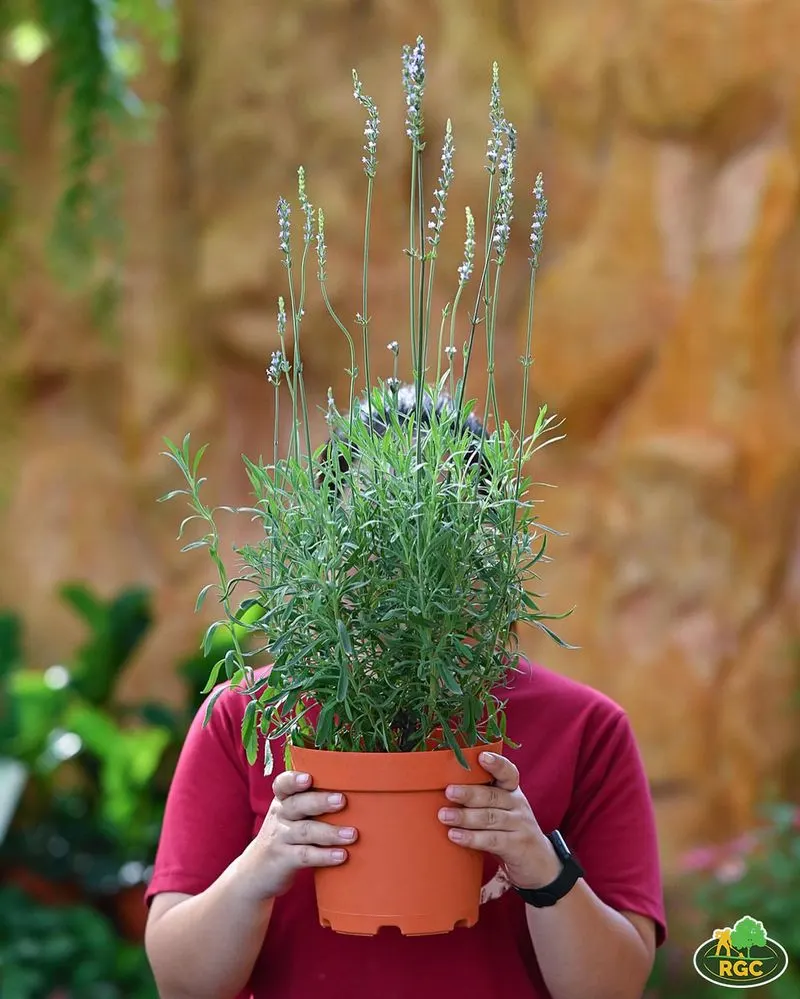
Lavender’s calming scent and lovely blooms make it a favorite, yet it struggles without ample sunlight. Position it in the sunniest spot available to replicate its natural habitat.
Overwatering is a common mistake; lavender prefers dry conditions, so water sparingly. Well-draining soil and pots help prevent root rot. Regular pruning encourages healthy growth and blooms.
This plant thrives outdoors, but if kept inside, ensure it has plenty of light and airflow.
Bonsai Trees
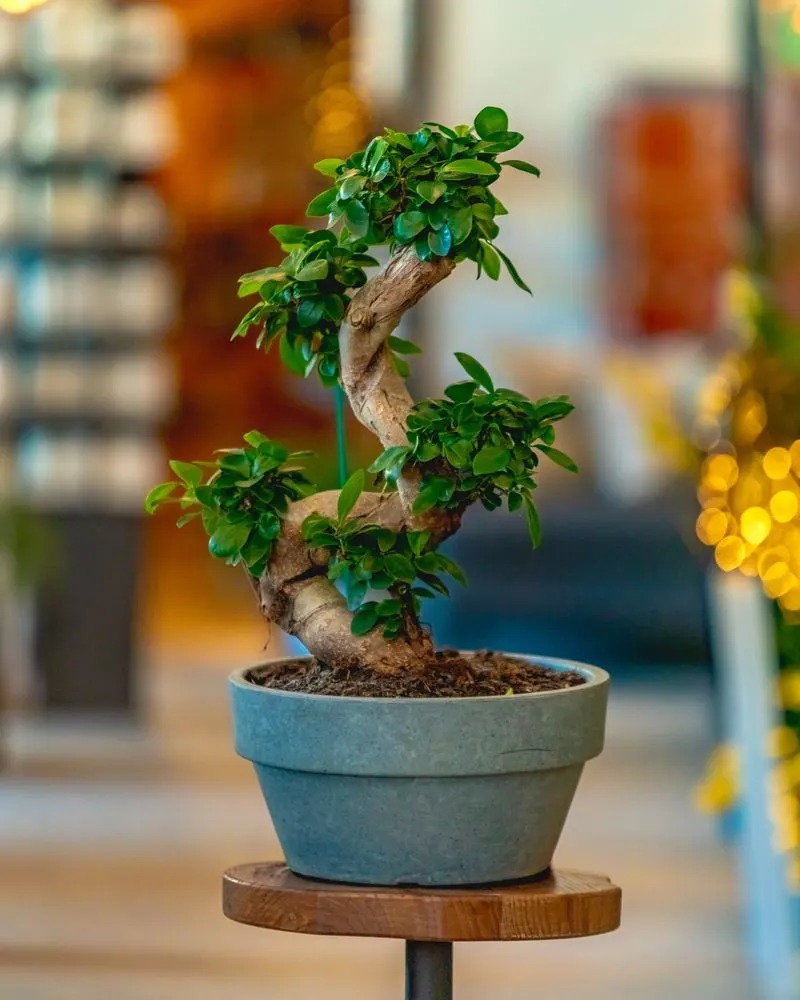
Bonsai trees, with their miniature stature, require meticulous care. They need specific light, humidity, and watering conditions.
Most homes lack sufficient light, and fluctuating indoor climates can stress these plants. Position them near bright windows and water them regularly, but not excessively.
Bonsai soil needs to drain well, while humidity trays can provide the necessary moisture. Regular pruning and wiring maintain their shape and health, marking the balance between art and horticulture.
Calathea
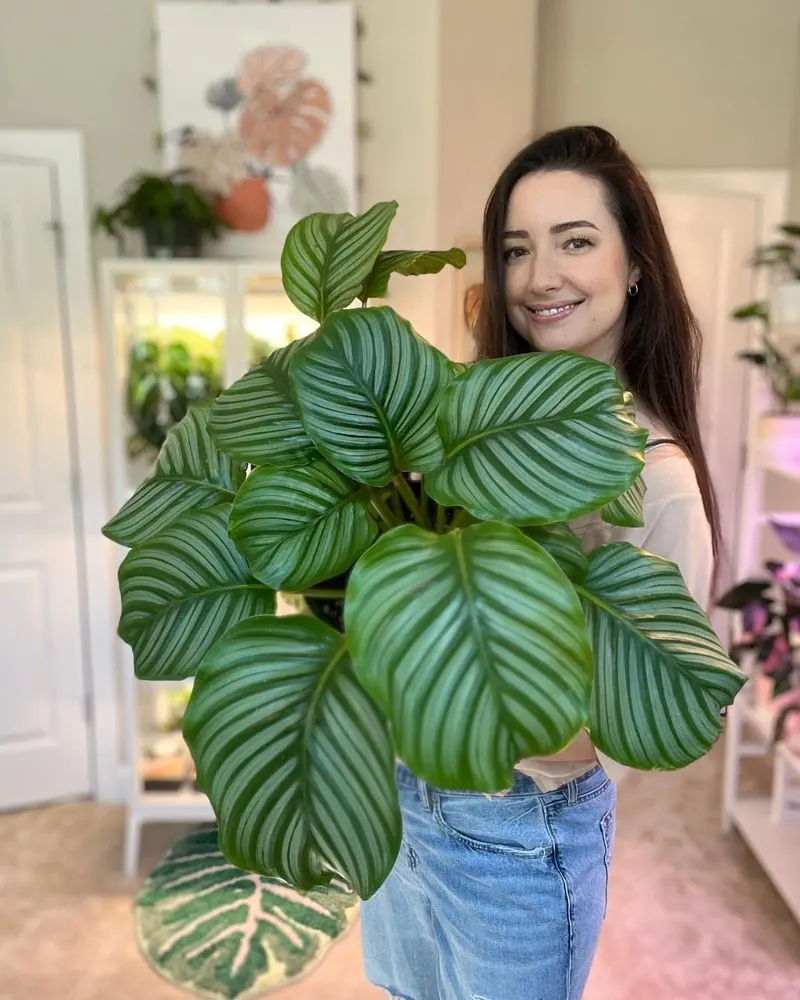
Calatheas are known for their striking foliage, yet they can be temperamental. They require medium to bright indirect light and high humidity.
Dry air can lead to browning edges on leaves. Regular misting and a humidifier can help maintain moisture. Water with care, ensuring the soil remains consistently moist but not waterlogged.
These plants prefer slightly acidic soil, and using distilled water can prevent leaf damage. Calatheas benefit from a stable environment free from cold drafts.
Begonia Rex
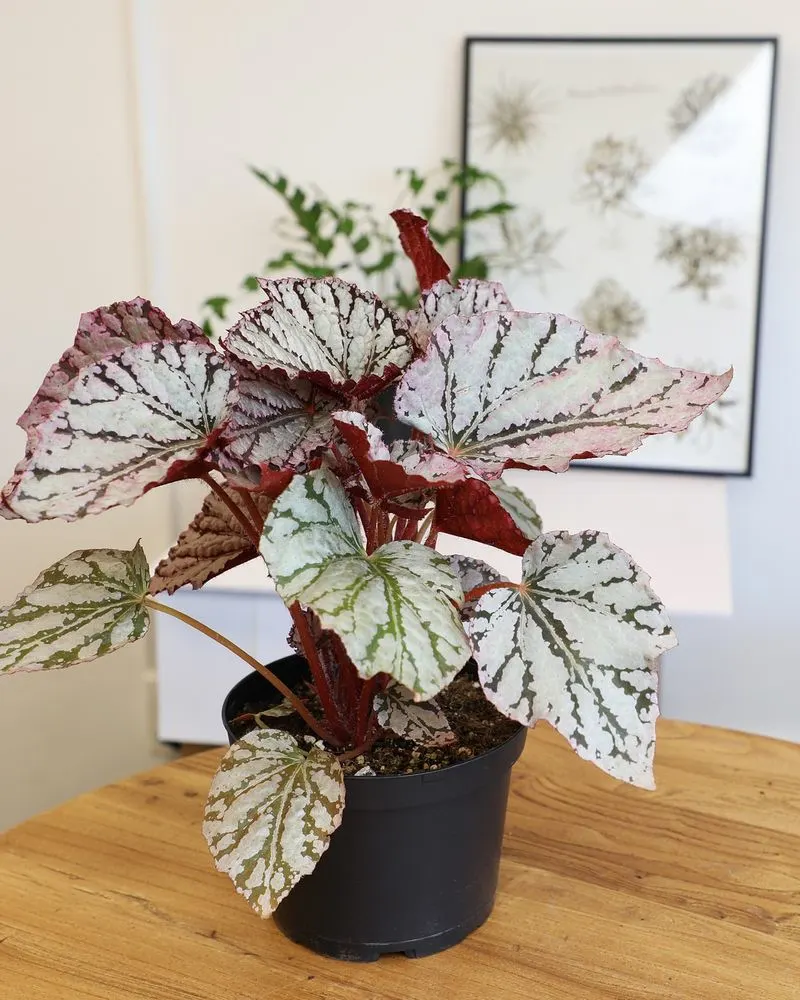
Begonia Rex captivates with its colorful foliage, yet it needs specific care to thrive indoors. Bright, indirect light is vital to maintain vibrant colors. Inadequate light can make leaves appear dull.
They prefer humidity, so grouping them with other plants or using a humidifier can help. Drafts from windows or doors can stress them, so placement is crucial.
Water carefully to avoid root rot, keeping the soil moist but not soggy. A well-draining pot and routine feeding during growth seasons will support their health.
Sensitive Plant
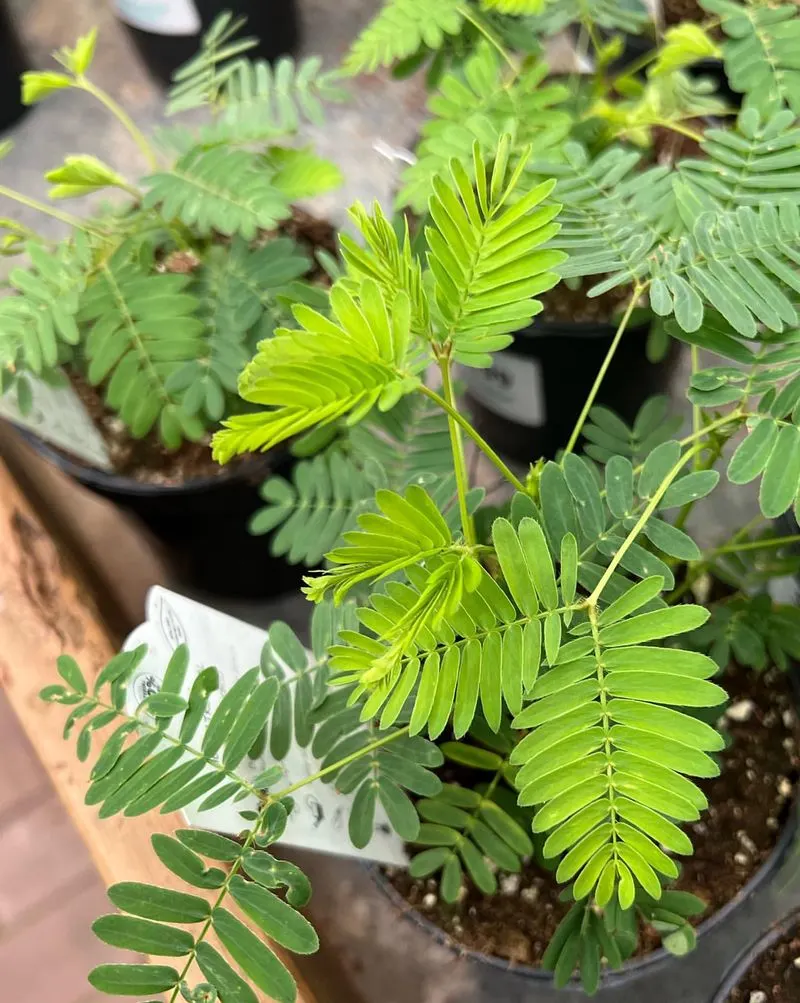
The Sensitive Plant is fascinating, folding its leaves when touched, yet it’s not just sensitive to touch. It requires bright, indirect light and consistent moisture.
Environmental stress, such as drafts, can easily disturb its growth. Careful watering is needed to keep the soil evenly moist.
This plant thrives in warm, humid conditions, making it challenging in dry environments. Positioning it away from harsh light and sudden temperature changes will help maintain its delicate nature.
Croton
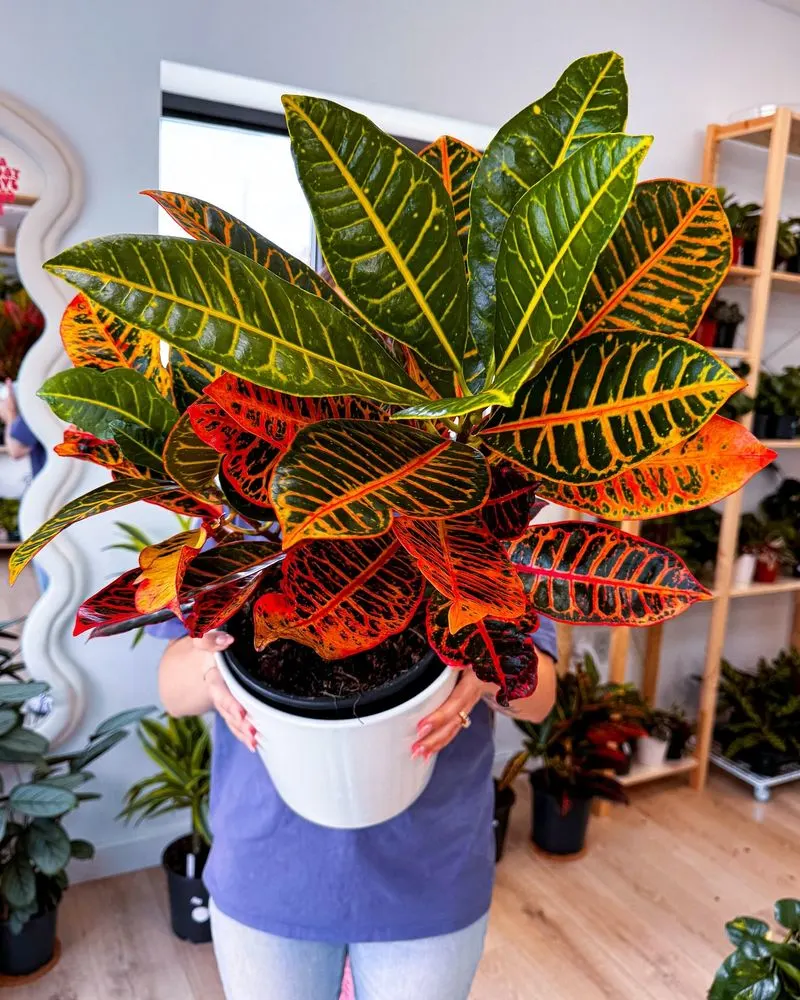
Crotons offer vibrant colors but demand attention to flourish. They require bright, indirect sunlight for their leaves to maintain those striking hues. In low light, colors can fade, and growth slows.
High humidity is essential for leaf vitality.
Regularly misting the plant can prevent leaf drop. Consistent watering is crucial, as dry spells can cause drooping. Using a well-draining potting mix and keeping the plant away from cold drafts will help maintain its vivid appearance.
Maidenhair Fern
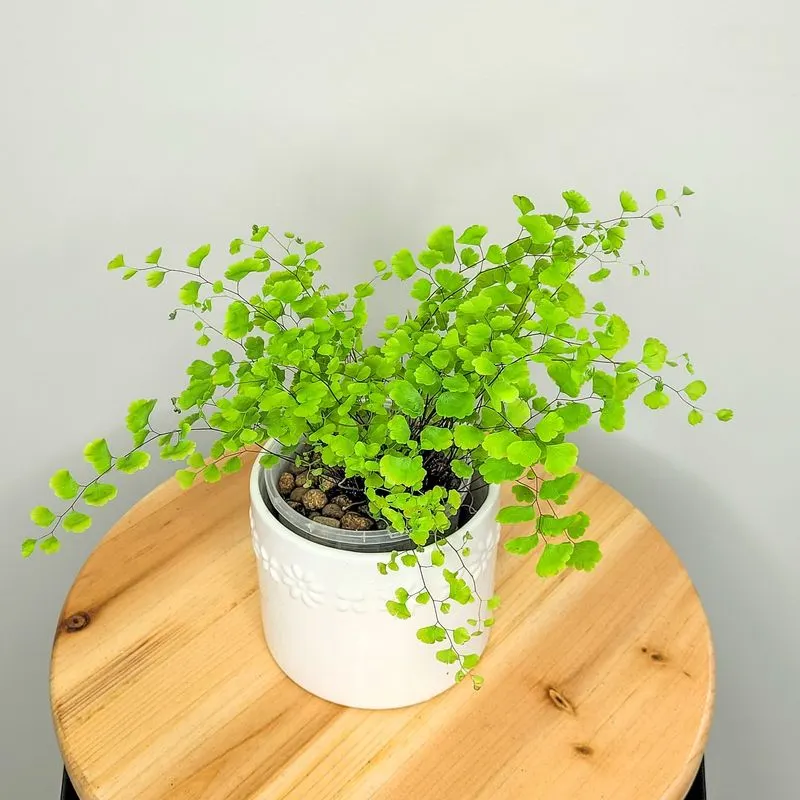
Maidenhair Ferns boast delicate fronds that can quickly wilt if their needs aren’t met.
Humidity is vital for their survival, and dry air can spell disaster. A humidifier or regular misting can help maintain moisture levels. Indirect light suits them best, as direct sun can scorch their leaves.
Consistent watering is essential, but overwatering leads to rot. Ensuring the soil is well-draining and maintaining a stable environment can help these plants thrive indoors.

